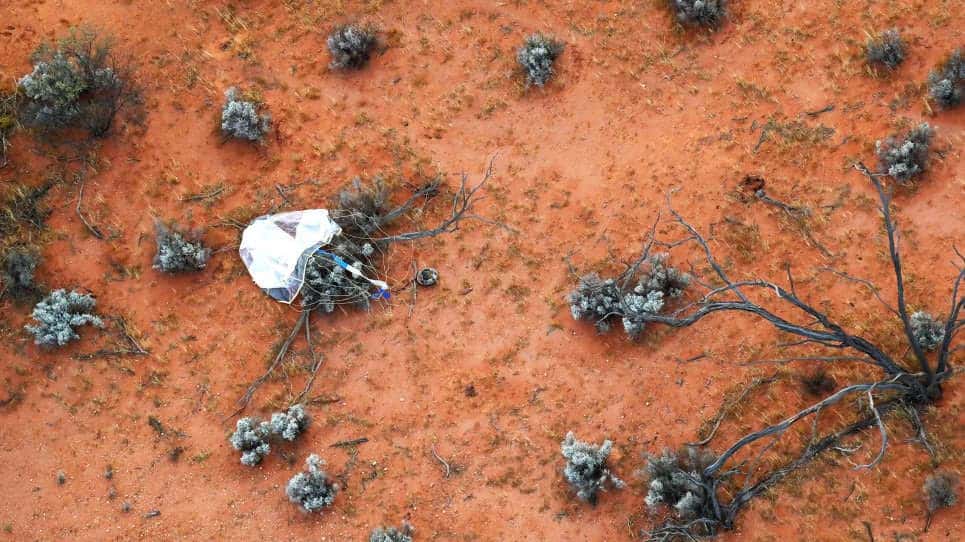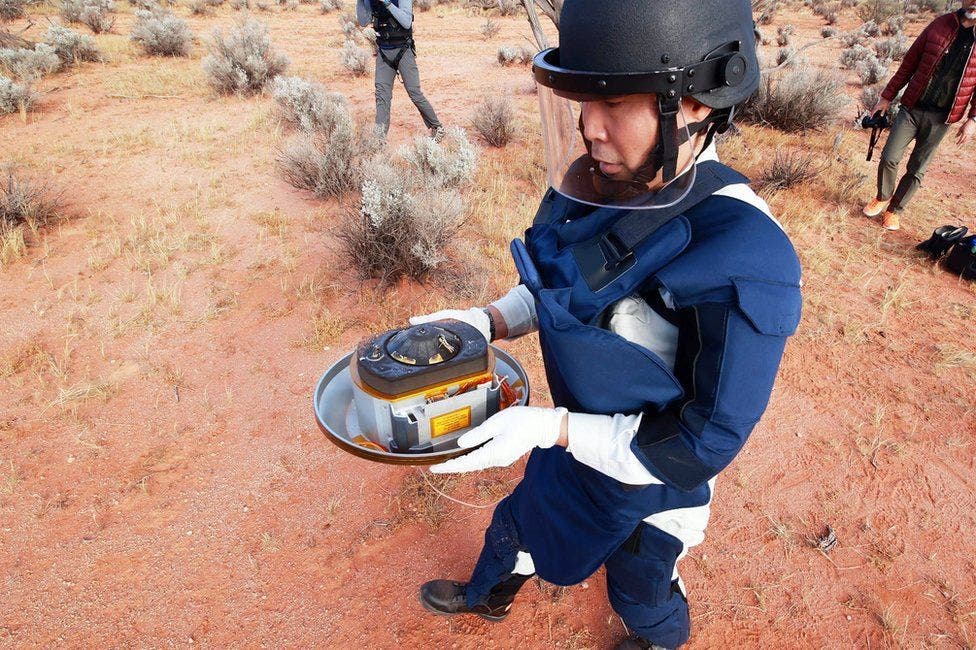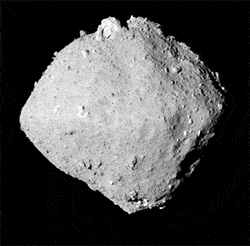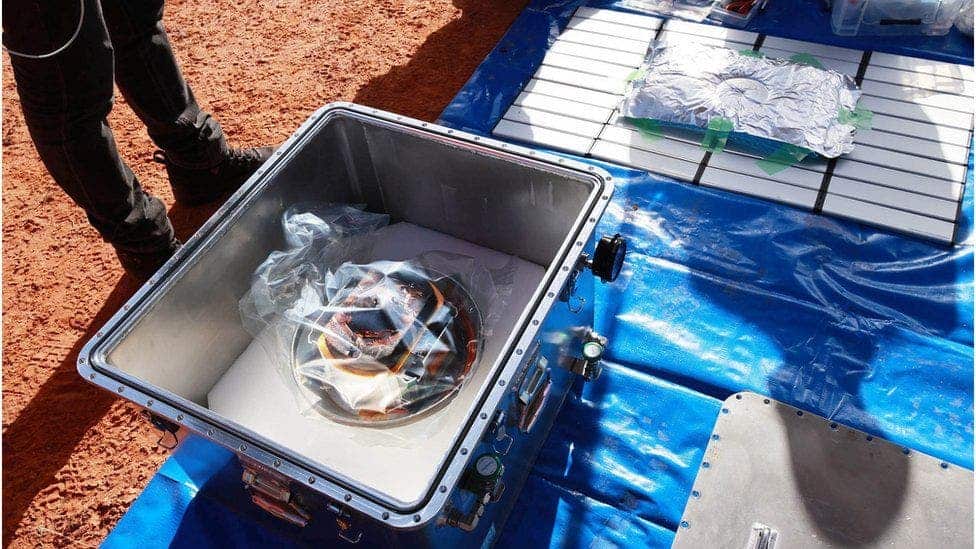After six years of traveling alone, the Japanese Hayabusa 2 probe sent a capsule back to Earth. The capsule should contain at least 100 milligrams of samples taken from Ryugu — an asteroid located about 186 million miles (300 million kilometers) from Earth. It’s the first time any samples from asteroids have been brought back to Earth.

The spacecraft spent over a year investigating Ryugu, a kilometer-wide potentially dangerous asteroid, taking photos and measurements from as close by as possible — before ultimately snagging some hard rock samples.
It’s not easy to latch onto a quick-moving asteroid. Hayabusa 2 had to fire a small tantalum projectile into the surface, collecting the cloud of surface debris with a sampling horn, and returning to its holding position. But this was just the first stage: for the second stage, Hayabusa actually fired a larger copper projectile, exposing pristine material, and landing on the asteroid to take a sample. Then, as the asteroid approached our planet, Hayabusa released the capsule with the samples and used its engine to push it towards Earth. The capsule contained a radio beacon which gave off a signal, allowing researchers to track its location and retrieve it successfully.
“Hayabusa 2 is home,” Dr. Yuichi Tsuda, project manager for the mission, said at a press conference on Sunday morning (GMT) in Sagamihara, Japan.
“We collected the treasure box,” he said, adding: “The capsule collection was perfectly done.”
Satoru Nakazawa, the Hayabusa 2 sub-manager at the Japan Aerospace Exploration Agency (Jaxa), who was part of the retrieval operation described the search:
“We went there with the helicopter and it was emitting the beacon signal. But at that time, it was still dark, so it was unclear [where it was]. I was very, very nervous.
“We flew over the area [where it landed] many times and I thought maybe that was where it was. Then the Sun rose and we could visually confirm the existence of the capsule. We thought: ‘Wow, we found it!”
“But we had a very jittery, frustrating time until sunrise.”

Geologists already had some idea of Ryugu’s geological but of course, having access to direct samples will offer a much clearer vision — especially as it’s never been done before. But there’s more to this mission than just Ryugu’s own tale, the asteroid hides secrets from the early days of the solar system.
Asteroids are essentially time capsules, going about the solar system for billions of years. Scientists have a decent idea of what they’re made of, but fine measurements have been lacking until now — hence the importance of bringing asteroid samples to Earth. Some researchers believe these asteroids brought water to Earth and made it habitable; this idea will now be investigated in closer detail.

Indeed, to scientists, the asteroid sample from Ryugu really is like a treasure box. As explained by the Verge, asteroids are the earliest pictures of our Solar System. They’ve been around for billions of years, and scientists don’t think they’ve changed much. Some scientists believe that it’s possible that asteroids like Ryugu brought water to Earth thereby making the planet habitable. Asteroid samples could help shed light on this hypothesis and plenty others.
What makes it even more exciting is that Hayabusa 2 managed to grab samples from below the asteroid’s surface — samples that haven’t been struck by sunlight in billions of years and could still hold the original chemistry of billions of years ago.
Researchers aren’t sure yet just how big the treasure box is. It will now be thoroughly investigated, and hopefully, the payload will be at least 100 milligrams, which would be enough to carry out all the desired tests.

Meanwhile, Hayabusa 2 still isn’t retired, it merely made a quick trip to drop the capsule. Now, the shuttle is off to explore another asteroid: 1998KY26, to find out how we can deflect potentially dangerous asteroids.









